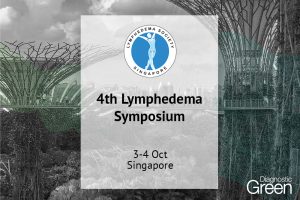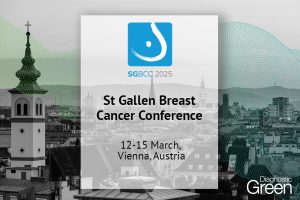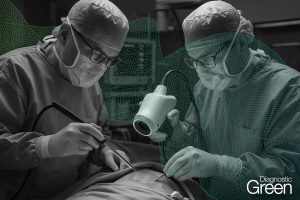
Fluorescence quantitative assessment of blood perfusion in the gastric conduit to reduce anastomotic leakage after esophagectomy: a randomized controlled trial
Randomized trial shows ICG perfusion assessment reduces anastomotic leakage in gastric conduit after esophagectomy.




















